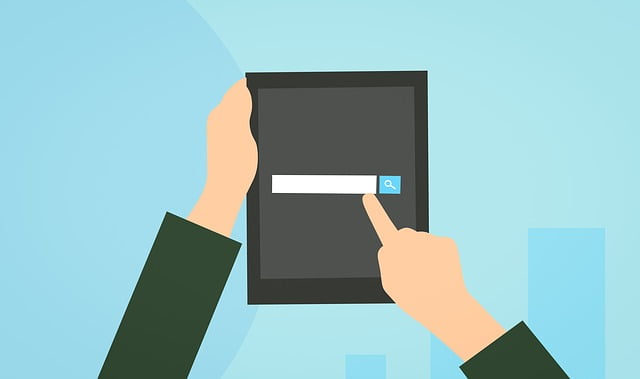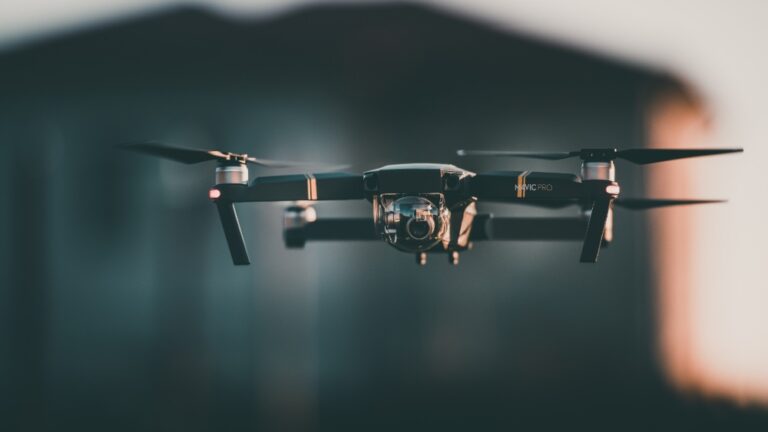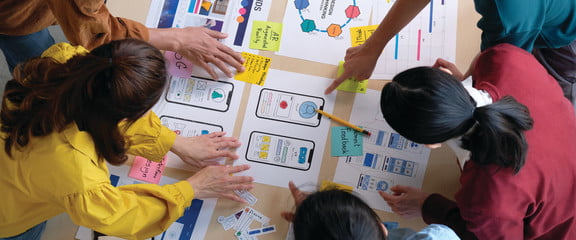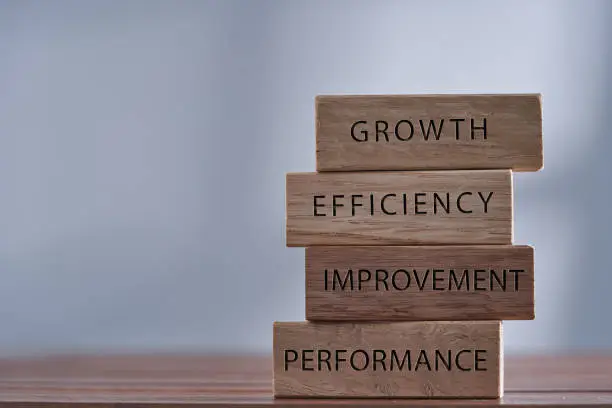5 Virtual Training Trends That Will Improve Your Blended Learning Program
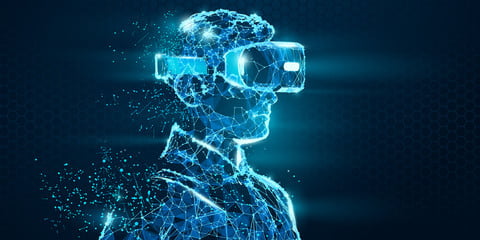
Are you a creative L&D professional seeking to implement VR training methods within your company? Here are 5 virtual training trends you need to be aware of in order to improve your blended learning strategy.
Read: Blended Learning Solutions Versus Online Training: What Distinguishes Them
Your Blended Program Will Be More Effective With Virtual Training Trends
In the race to establish themselves in the virtual reality market for media, entertainment, and gaming are several of the top business companies in the world. This is fantastic news for everyone in the L&D community. Given the presence of major competitors, it is expected that the VR market would expand, undergo a transformation, and standardize. We may also observe the VR trends in entertainment as designers and producers of VR training and imagine how these trends might be incorporated into educational initiatives.
We’ll concentrate on some of the most exciting upcoming advancements in VR for learning in this post, some of which we are already using and others that are still in the early stages of research. Facial and voice recognition, body tracking, instructor-led learning, multi-learner experiences, and biometric feedback are a few of them.
Instructor-led instruction and multi-learner experiences
VR is being used by businesses for purposes other than training: Virtual reality (VR) can be used for virtual meetings, collaboration, and design. Multi-learner interactions are a logical development of virtual meetings and collaborative technologies. Virtual reality (VR) can be the next best thing to being in the same room with someone, and in some ways is even better.
The experience of group activity in a real classroom is brought to the virtual world by allowing two or more learners to connect in VR and learn together. The options for exercises are endless: Learners can cooperate to overcome obstacles, recognize hazards, and carry out tasks.
While working and studying together in real-time, these students may physically be thousands of miles apart, delivering the kind of personal connection that today’s dispersed workforce craves.
By giving educators authority over the learning process, instructor-led VR training aids in our transition from in-person training to virtual learning. In the VR environment, instructors may “join” students and watch them execute activities while giving them comments and directions in real time.
The VR environment can also be controlled by instructors, who can also initiate changes to which students will need to respond. This is real-time adaptive learning, where instructors can monitor how students are doing in the classroom and decide how and what new challenges to present.
Body Movement Tracking
The elimination of one-on-one observation is necessary for scaling up learning. Virtual reality is an excellent approach to determine whether someone is doing a physical action correctly without the requirement for a human observer when learning objectives are linked to physical movement.
Both the upper body and lower body can be tracked, depending on what you need. Depending on the body motions you need to measure and the technology you have available, you can track in different ways.
Cameras inside or outside the headset work just well to track general body position for the majority of VR training programs. We can gauge the learners’ stance and movement at any given time. The student can also put on external sensors (such those used for motion capture) on any area of their body for more advanced body movement analysis, which will record and communicate data to the VR application.
There are more uses for this than you might imagine. Technical instruction on correct motions for lifting bulky objects or operating machinery is probably what first comes to mind.
Biometric Feedback
The prospect for integrating biometric feedback is an exciting development for VR, and one that we’ve created at SweetRush. Programmers can link wearable gadgets with virtual reality (VR) hardware using the Internet of Things (IoT) to transmit and receive data that will improve the educational experience.
The information that can be tracked by the wearable—such as heart rate, heart rate variability, resting heart rate, body temperature, blood pressure, VO2 max, steps, brain activity, etc.—determines which data is collected. And soon, it might all be tracked with VR equipment. The LooxidVR system has EEG brainwave sensors and might be utilized in virtual-exposure treatment to treat PTSD.
In what ways does this impact education? Examples include The learner’s heart rate can be used as a gauge for how well-adjusted he or she is to stress in various circumstances. The amount of effort needed for someone to do a task can be observed.
As a continual visual (such as a number or visual meter) or as an alarm when necessary, this information could be provided to the learner in real time. Giving students access to this data enables them to keep track of how their bodies are responding to the VR simulation they are participating in or experiencing.
Facial Recognition
A lot may be learned about a person’s underlying emotional condition by how they “appear” when speaking to others. When interacting with customers, are they grinning? When explaining a change management plan to his or her staff, does the business leader seem uninterested? These expressions on a person’s face reveal their level of interest and the feeling they are experiencing at that moment.
The use of facial recognition in virtual reality training is another emerging trend. With the help of this technology, we will be able to collect and utilize this data in the course of the learning process. This might be as basic as giving the learner feedback based on facial expressions, or it could be more complicated, causing an avatar, an actor, or an outside teacher who is watching to react in a certain way.
After the learning experience, these data can also be examined. When assessing the need for more training or reinforcement for particular scenarios, L&D professionals might seek for similar responses in a learner population.
Voice Recognition and Analysis
We can also record data on speech and vocal tone using the built-in microphones in headsets. Once more, this can be applied in the present to prompt activities or offer feedback during the learning process.
A VR training program we developed for healthcare professionals on de-escalating violent behavior included this technology as a crucial component. The Subject Matter Experts taught us that your tone of voice, in addition to what you say, is also significant. Learners receive practical feedback after being tracked and rated for vocal tone.


